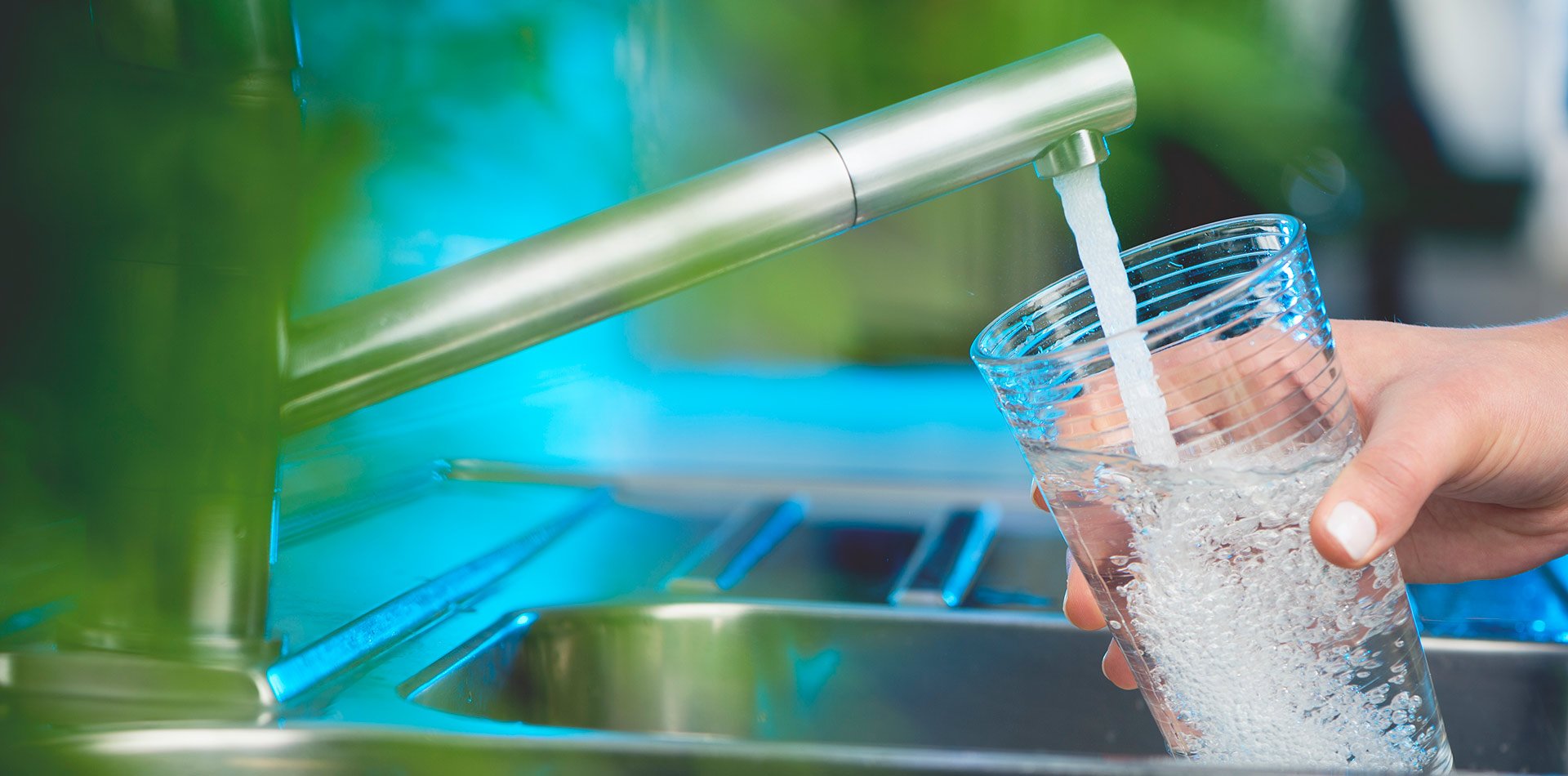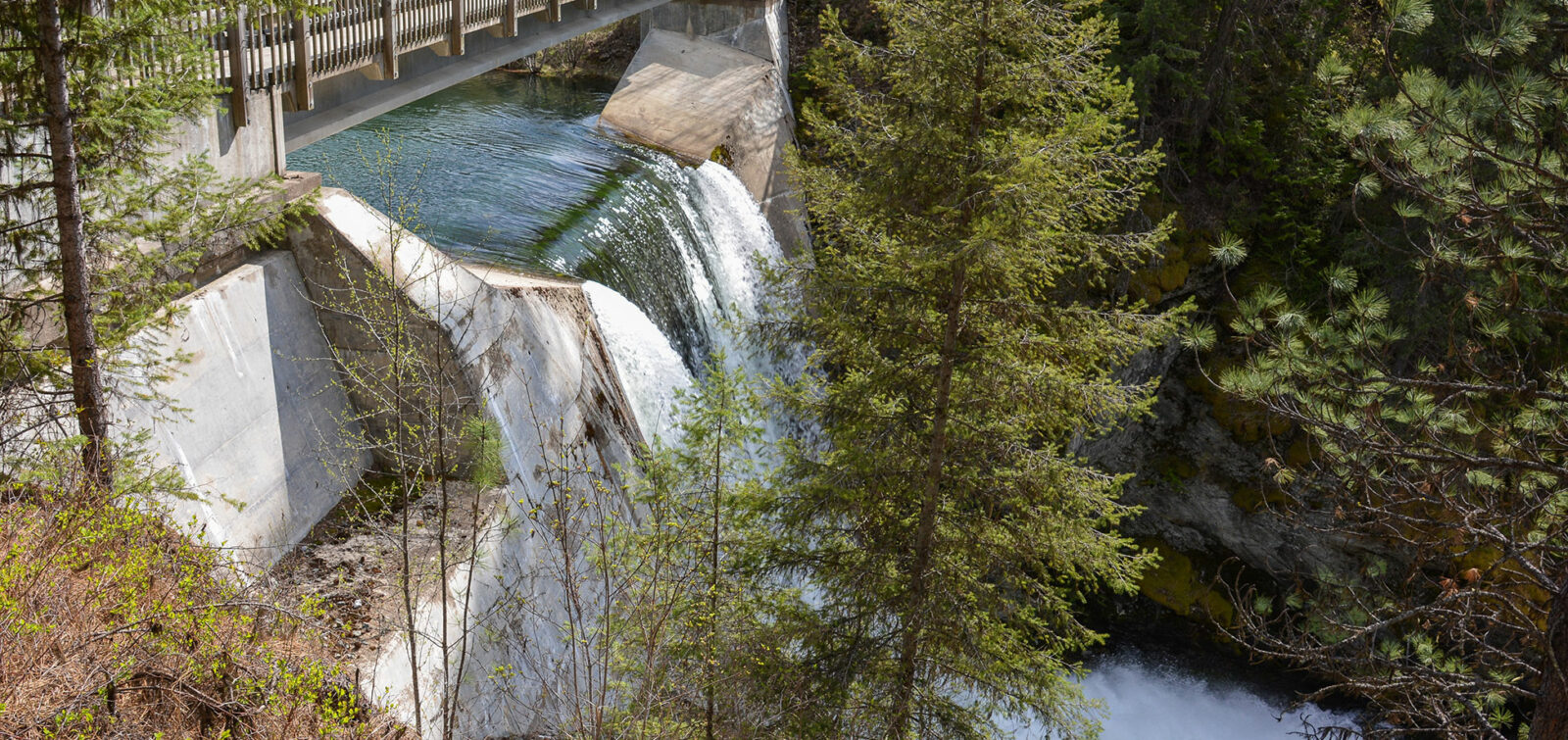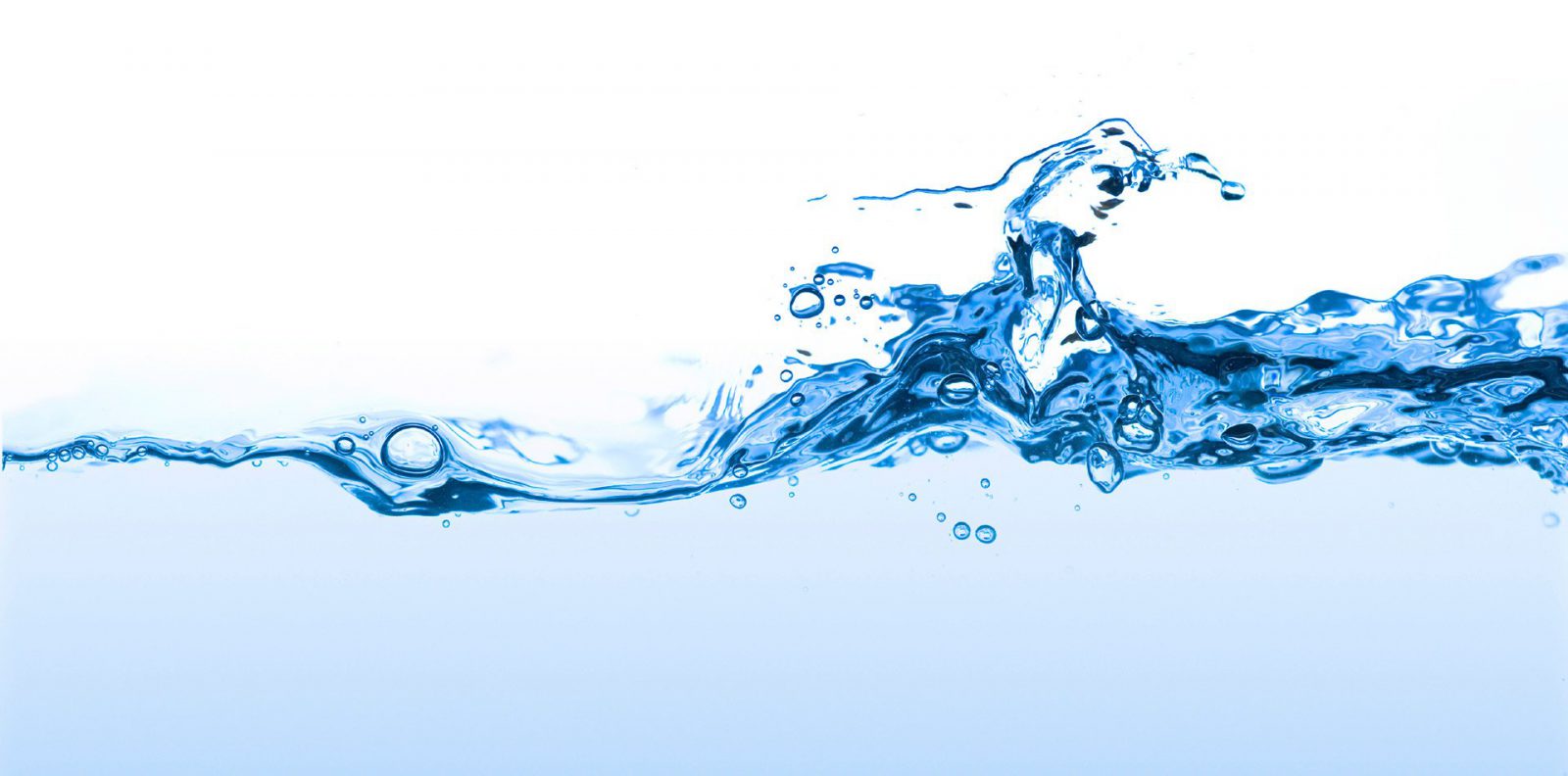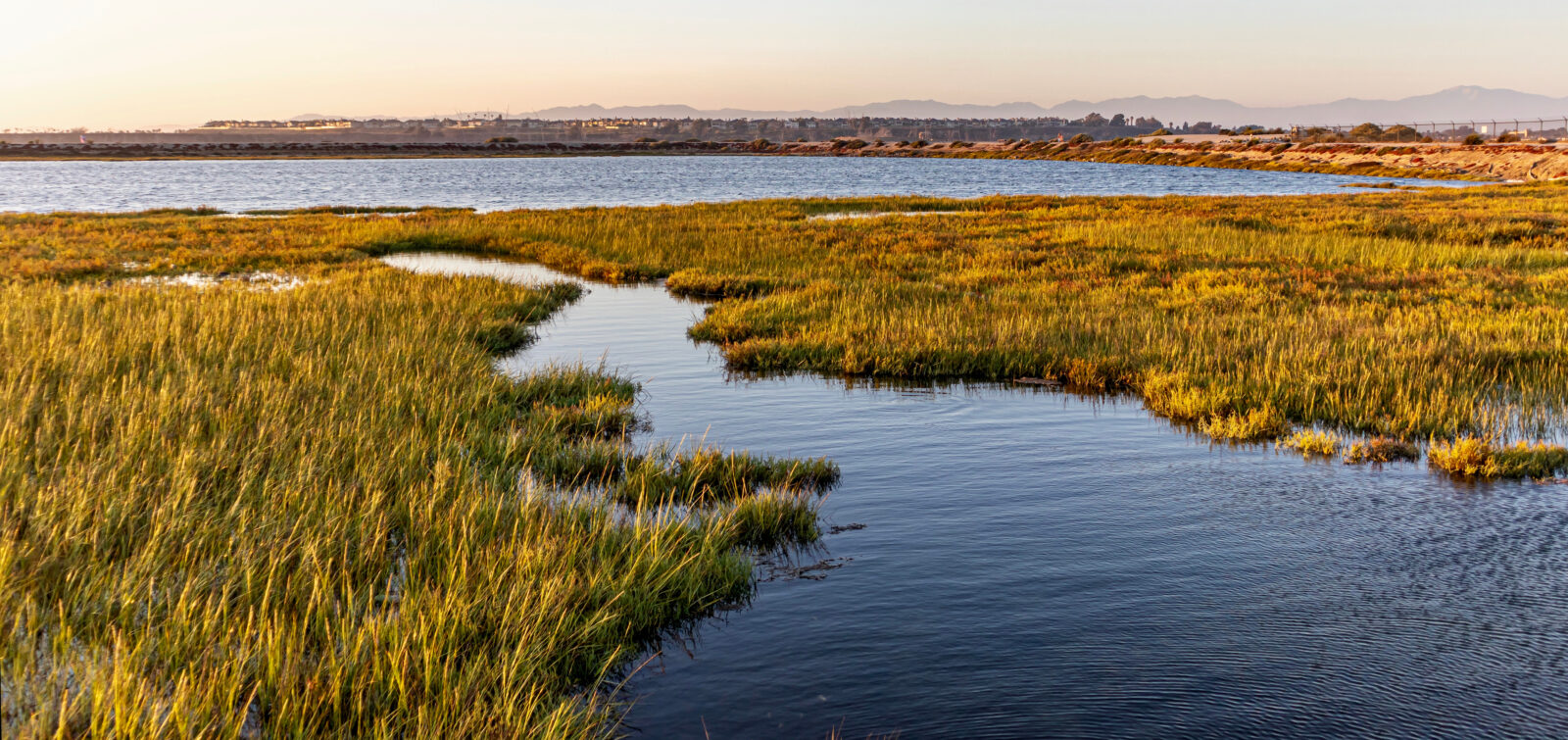The City of Buenaventura (commonly known as Ventura) relies completely on local water supplies and does not receive any imported water. When these supplies are cut back during droughts, it’s a dire situation. During the recent multi-year drought, each of the local supplies—groundwater, the Ventura River, and Lake Casitas—experienced cutbacks that threatened the need for substantial rationing in the city. It became evident that a new reliable, locally controlled water source was required to meet existing and future demands.
The City of Ventura has developed a program to provide a new local water supply to its citizens: VenturaWaterPure. The program involves the construction of an advanced water purification facility and groundwater injection wells. When complete, the City will recycle up to 5,400 acre-feet per year of water that would otherwise be discharged to the Santa Clara River Estuary.
The California Closed Bays and Estuaries Policy prohibits discharging to an estuary unless the discharger proves that the action enhances the habitat. As a result, the VenturaWaterPure project solves two of the City’s long-term challenges: (1) the need to augment local water supplies, and (2) the requirement to reduce wastewater discharges to the estuary. During the initial phase of the proposed project, discharges will be reduced by 60 percent by the year 2025, providing 2,800 acre-feet per year for potable reuse. The City could further reduce discharge quantities by 90–100 percent by 2030 if the ecosystem shows signs of improvement.
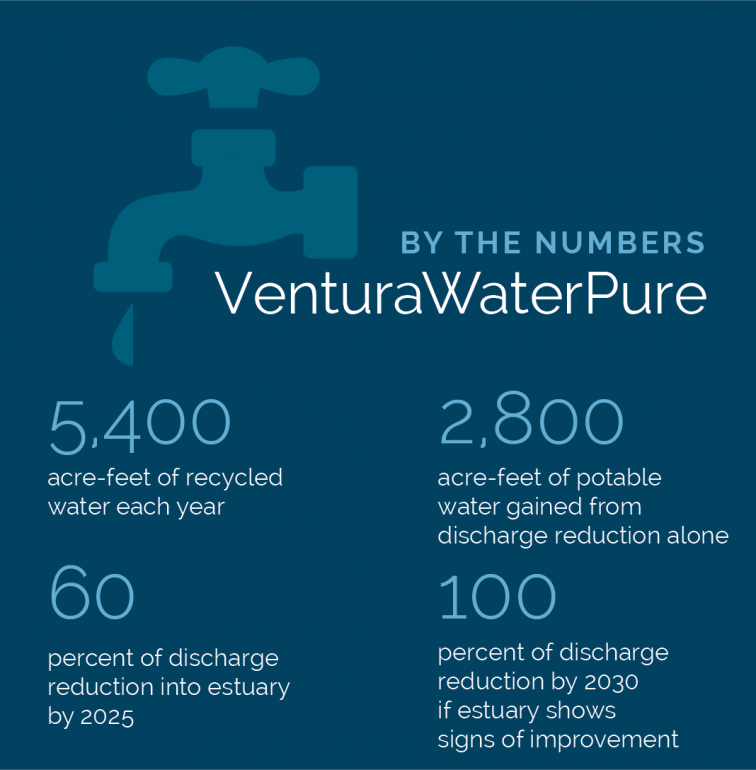
The City has been working with wildlife agencies and local environmental groups for years in an effort to better understand the ecological needs of the Santa Clara River Estuary. The estuary currently fills with freshwater in the summer and is often unnaturally breached as a means of reducing the lagoon size. This unseasonal breaching creates significant problems for the ecosystem.
Some stakeholders, such as the environmental groups Heal the Bay and Ventura Coastkeeper, have insisted that all discharges to the estuary be eliminated, while other stakeholders argue that the freshwater discharges of treated wastewater may enhance the habitat which is home to several endangered species. A lawsuit brought by these environmental groups has resulted in 15 years of studies conducted on the ecosystem in the estuary to determine the optimal amount of freshwater discharge to maintain, thus freeing up the remaining wastewater for potable reuse.
Reducing the discharge flow to the estuary brings many benefits to this sensitive habitat. By reducing these unauthorized berm breaches and creating hydrologic conditions more similar to historic, natural conditions, numerous native and listed aquatic species (including tidewater goby, juvenile steelhead, California least tern, and snowy plover) can thrive. Plus, the reduced discharge means less or reduced nutrient concentrations in the estuary, which will improve the overall water quality.
Augmenting water supplies through potable reuse (along with increased conservation and stormwater capture) is strongly advocated by environmental groups such as Los Angeles Waterkeeper, Sierra Club, and Ventura Coastkeeper, helping to reduce Southern California’s reliance on imported water. Several projects are currently in the planning stages in California (including Pure Water Soquel up north in Santa Cruz County), while Orange County Water District has been recharging the groundwater basin with purified water since the 1970s.
In September 2019, ESA was proud to publish the Ventura Water Supply Projects Final EIR—a major milestone in the development of a project that will lead the way to securing future local water supplies for the City of Ventura. For more information about VenturaWaterPure, click here or reach out directly to Tom Barnes.
